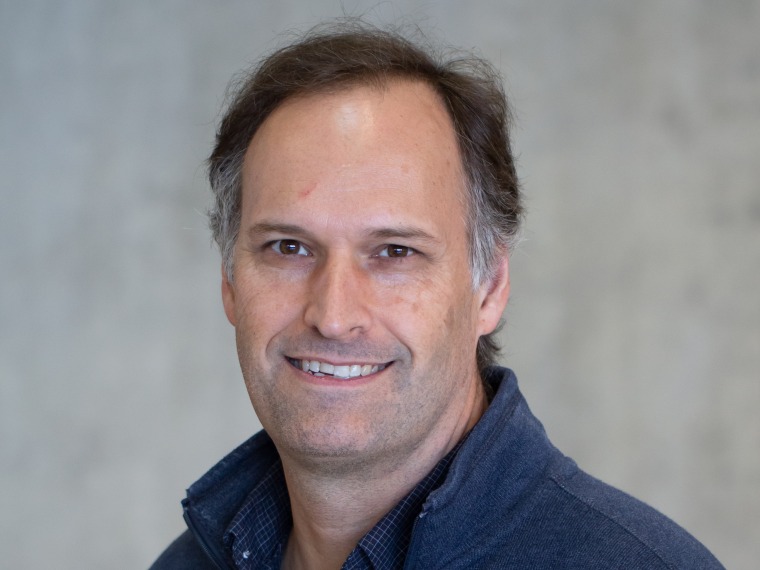A Novel Architecture for Secure, Energy-Efficient Community-Edge-Clouds with Application in Harlem (SEEC HARLEM) this proposal
This project takes a holistic approach to address the technical, legal, and social challenges facing under-served urban communities experiencing a growing digital divide. A novel community-owned edge cloud computing architecture is investigated that disaggregates the edge equipment for lower cost, improved energy efficiency, simplified management and intrinsically stronger security. The project targets a community within Harlem for initial concept exploration. Indeed, the Harlem community like many diverse urban communities is facing obstacles that extend beyond broadband access and include the entire home, office and IoT/smart city technology eco-system. Beyond the edge cloud, the project will include development of low-cost KVM (Keyboard, Video, and Mouse) systems that will be used by a diverse set of community members to establish proof of concept and performance metrics for the edge cloud, and identify system usability by community especially as it relates to closing the digital divide.
Prototype hardware and software will be developed to study this architecture in both a lab environment, user trials, and in participatory technology assessments by users in the community. Optimal design rules will be derived for urban communities based on experimental performance data and incorporating user constraints and use cases within the Harlem community. Community ownership will be investigated as a means to overcome longstanding legal and social challenges. The community edge cloud will be studied as a constructed commons and governance models will be explored considering different stakeholder relationships. This project will provide a new dimension to and understanding of edge clouds and community network ownership that can be widely applied in smart city environments elsewhere. Disaggregated devices open up the potential for a new breed of consumer interfaces with dramatically lower cost and energy use - as well as simple software and hardware management and security. By virtualizing these technologies within the edge cloud, potentially transformative benefits can be realized. Such technology would provide a powerful tool in combating growing digital divides.
-
Performance PeriodSeptember 2017 - August 2022
-
University of Arizona
-
Award Number1737453
-
 Lead PIDaniel Kilper
Lead PIDaniel Kilper -
Co-PIOlivier Sylvain
-
Co-PIRider Foley
-
Co-PIRonald Williams
-
Co-PIBryan Carter
Project Material
- Towards Enabling Residential Virtual-Desktop Computing
- Optical Networks in Edge Clouds: Energy and Application Dimensions
- Methods for Objective and Subjective Evaluation of Zero-Client Computing
- 2021: A Novel Architecture for Secure Energy Efficient Community-Edge-Clouds with Application in Harlem: SEEC Harlem
- 2022: SEEC Harlem Project: Scaling Community Edge Clouds in Harlem
- 2021: A Novel Architecture for Secure Energy Efficient Community-Edge-Clouds with Application in Harlem- SEEC Harlem
Many people do not realize that the Internet that we know today is only possible because of technological developments that occurred in optical communication systems at the turn of the century. Today the Internet is an optical network of massive scale extending worldwide from individual homes to individual servers in mega-data centers. In fact, it has grown to the point that our ability to continue to scale these technologies following historical trends is reaching hard physical limitations. New technologies and innovative solutions are required to continue network scaling, creating a situation that is ripe with interesting research problems. Daniel Kilper’s research examines this intersection between new device and system technologies and network functionality. He is currently Director of the CONNECT Centre at Trinity College Dublin, Ireland, where he is Professor and Chair of Future Communication Networks. He works closely with the Center for Quantum Networks at Arizona on creating the foundations for a future Quantum Internet.